“Dressed to Impress”
Let me be candid: doing Zeiss reviews are always a treat for me. I’m happy to review consumer grade lenses and budget options because I know that these are the lenses that more photographers can afford, but I’m rarely personally excited by such lenses. But one of perks of doing what I do is to open boxes and unwrap beautiful lenses that are carefully crafted and have that “feeling” of quality. Nothing quite moves the needle in this regard like a new Zeiss lens. Such was the case when I opened up the new Zeiss Milvus Distagon T* 1.4/50mm. The Milvus 50 is “dressed to impress”. Prefer to watch your reviews? I’ve got you covered…just click below!
Check me out on: Google+: | Facebook: | Twitter: | Flickr: | 500px: | Sign Up for My Newsletter :
Milvus 50 Build Quality and Handling
Zeiss lenses have a density unlike any other lenses I use. They are always heavier than you expect, with a solid, metal feel that is uniquely Zeiss. The new Tamron SP 45mm f/1.8 VC (click links for my reviews of the lenses that are hyperlinked in this article) is very similar in its overall dimensions, but the heft of the lenses is completely different. The Tamron also has a metal, weather sealed construction (a lightweight aluminum), but the density of Zeiss lenses is very unique. I’ll compare these two lenses both because I do think they are natural competitors (well built third party options with great optics), but also because I have the Tamron on hand. The Milvus 50 is 3.25”/82.5mm around and 3.84”/97.5mm long, while the Tamron is 3.17”/80.4mm around and 3.6”/91.4mm long. So the Zeiss is only 2mm more in diameter and 6mm longer (close enough to be nearly visually indistinguishable), but the Tamron weighs only 1.2lb/544g while the Milvus 50 weighs a whopping 2.03lb/922 grams!
As a strange side note, the official size listings for the lenses indicate that the Zeiss is longer, but when physically examining them side by the side the Tamron is clearly a bit longer.
In this video I break down the build quality and handling of the lens. Take a look!
Both have a similar 67mm front element (despite the Zeiss having the larger f/1.4 aperture), so the nearly double weight comes from the build. It’s quite a shock to switch back and forth between the two lenses, as the Zeiss always feeling surprisingly heavy/dense, while the Tamron feels surprisingly light…though it is heavy compared to the Canon EF 50mm f/1.4, which weighs only 290g. The Sigma 50mm f/1.4 ART weighs 815g, so there is a huge disparity in the weight of 50mm options available right now. Obviously the Milvus occupies the upper range in weight, with only the Zeiss Otus 1.4/55mm outweighing it (1030g). In other words, status quo when it comes to modern Zeiss lenses. You don’t buy Zeiss lenses for their light weight; you buy them because they are built to last for a lifetime.
There are 10 elements in 9 groups (one more group than the Tamron).
Minimum focus distance is 1.48’/45cm, leaving a fairly average maximum magnification of .15x. A number of new lenses have exceeded that figure by a good margin, but .15x is still a useful figure.
Zeiss’ previous Planar T* 1.4/50mm was a somewhat divisive lens (I reviewed it here), with some readers/viewers staunch defenders of its unique, vintage charm and the “look” of the images. Others, who prioritize sharpness and resolution, were dismayed with its lack of wide open resolution and the “dreamy” image quality. It sharpens up nicely at narrower apertures, but wide apertures aren’t particularly sharp and contrast isn’t particularly strong. The new Milvus version certainly solves all of that! The Milvus line was announced and released in 2015, and while there are six lenses in the line, only two of them are new optical designs (the Milvus 1.4/85mm [read my review here] and this lens.) I don’t think it is a coincidence that these are both focal lengths where Zeiss has an Otus lens (though the Otus is 55mm, not 50mm). I do think that similarly to the Milvus 1.4/85mm the 1.4/50mm has inherited a lot of the Otus DNA. It looks like one and essentially acts like one.
Many Zeiss shooters are traditionalists, and I discovered when doing the Milvus 1.4/85mm review that not all of them were on board with the redesign/modernizing of the look and build. Zeiss lenses have always been beautifully built, and the classic Zeiss designs had a beautiful retro charm. I too share an affinity for some of the classic lenses and their beautiful metal and glass construction, and the Zeiss lenses were the closest thing to them (though with some modern niceties). Some of you may like the modern redesigns, some of you may not, but there is no question that they are beautifully made and beautifully operating lenses. Part of the Milvus line’s new perks are a thorough weather sealing, with a rear gasket (in a cool Zeiss blue) along with internal seals. While the Milvus 50’s overall look is very similar to the Milvus 85, I’m actually a bit more partial to the lens profile of the 50. The 85mm was thicker and seemed a bit squatter, while the 50mm has more of the tapering look of the Otus lenses. I particularly like the gentle flaring at the end of the lens barrel that then transitions into the curved lens hood. The lens hood is part of the design rather than a “tacked on accessory”. The Milvus 50 is “curvy” like the Otus lenses and has a very cohesive design flow. It is a very attractive lens.
I was reminded that I love the view from the front of a Zeiss lens more than any other. The shiny metal surfaces and the elegant engraved text. If you like nice gear, it’s hard to not love that very classy view. The Otus lenses introduced rubberized focus rings to the Zeiss lenses (replacing the ribbed metal focus rings). I’m undecided whether I like the change. I liked the metal focus rings very well, and the smooth rubber surface of the focus rings doesn’t always provide enough tactile difference from the rest of the lens barrel. The feel of the focus ring is very nice, though, and Zeiss lenses have a smooth focus action that is unparalleled. I feel like the Tamron 45mm has one of the best focus rings that I’ve encountered on an AF lens, but when using the Milvus 50mm and the Tamron side by side the quality of the focus action is still demonstrably better with the Zeiss. Be prepared to be spoiled for manually focusing just about any other lens after spending some time focusing a good Zeiss lens. It also has a great amount of focus throw (I estimate around 220 degrees) that allows you to accurately focus at all focus distances.
It is worth noting that while I once complained about the classic Zeiss lenses’ lens caps (they felt a little cheap and undeserving of the otherwise magnificent build), the new Zeiss caps that were designed initially for the Otus series are very nice. They feel less flimsy and more like they belong. Other than the weight and size of the lens, there really isn’t anything to complain about when it comes to the build of the Milvus lenses. They are beautiful to look at and built to last.
Image Quality
Doing this section in a Zeiss review is always a pleasure. People are often turned off by Zeiss lenses being manual focus only, or by their size and price, but few people are ever disappointed by the image quality from Zeiss lenses.
Like the Otus 1.4/55mm, the Milvus 50 adopts a Distagon design rather than the older Planar design. This revised approach is what has resulted in a much sharper lens. It is safe to say that the Milvus 50 is a whole other class when it comes to wide aperture resolution when compared to the classic Planar design.
When the Otus 1.4/55 was introduced reviewers and photographers alike were shocked by its incredible resolution. It still remains the bar by which all other 50mm lenses are measured. Since that point a number of new lenses have stretched towards the Otus’ ultimate performance (though none have reached it). I consider the Sigma 50mm f/1.4 ART and the Tamron we are using for comparison as the chief competitors, and they certainly bring some serious optical performance to the table. The Milvus does not have that absolute incredible wide open resolution and contrast of the Otus (nothing does), but the Milvus slightly bests the Tamron and is close to being the equal of the Sigma 50mm f/1.4 ART (the Sigma has the slight resolution and contrast edge). The Milvus catches up in the edges of the frame where the Sigma is weaker; while the Tamron has a very slight edge in the extreme corners. By f/2 the difference between the lenses is slight, though the vignette on the Sigma clears up the most and so has brighter edges. Where the Milvus 50 bests both the Tamron and Sigma is in the overall rendering of the lens, which just has uniquely beautiful “Zeiss” look. I prefer the overall “look” of the images from the Zeiss, and in a blind test always instinctively chose the images from it. I do a more detailed comparison to the other lenses at the end of the review.
The lens has a different personality than the Milvus 85. The Milvus 85 has incredible resolution at f/1.4 that extends right out to the edges of the frame. Its contrast is a bit more intense, too. In some ways its performance is a little more like the Otus series, and while the Otus 85 is a bit sharper in the center of the frame the Milvus actually is slightly sharper at the edges. The Milvus 50 is still extremely sharp but is perhaps a little more “artful” in its rendering…and I personally preferred the feel of the images (though in all fairness I did both reviews at very different times of year). While the sharpness, resolution, and contrast of the lens is radically different from the classic Planar 1.4/50mm, I feel like Zeiss has managed to include some of that lens’ soul in this new one. It’s a welcome balance to see the excellent resolution of the new lens mixed with beautiful bokeh character of the old lens. It should be noted that the Milvus 50 is still a bit sharper when compared to the Planar 50 even when both lenses are stopped down to f/8.
Unlike the Milvus 85, however, the wide open sharpness does drop off some in the extreme corners of the Milvus 50. It is here that the Tamron 45 takes the win with a stronger edge performance vs. the Milvus, though both lenses are perfectly sharp stopped down a bit.
The lens delivers a strong performance in resisting chromatic aberrations. I am only seeing a little bit of green fringing in bokeh highlights, which is very common. Flare resistance is also quite good (though not perfect). For the most part there aren’t any ugly ghosting artifacts, and there is just enough veiling for it to be used in artistic applications. I’m happy with the performance here, even if it isn’t at the absolute standard set by the Tamron SP 35/45mm siblings. I found the rendering in all the situations I put the lens in to be very nice. Check out a simple photo of tall grass in evening sun…at f/1.4 it becomes a bit of art!
One of the main applications of a lens like this will be for portraits. I actually really like manual focus lenses at close to medium distances for portraits, particularly when using the Eg-S focus screen. Why? Because I can compose any way I want without worrying about getting a focus point on an eye. I visually compose and then just turn the manual focus ring until what I want to be in focus…is. The precision matte screen shows true depth of field and it is a wonderfully organic process to watch the focus moving with the focus ring. I had great sharpness for this application – look at the resolution at f/1.4 on the focus point (the eye):
In this application extreme corner performance matters little, and the lens has very nice bokeh and falloff to defocus. It really is a splendid portrait lens because of the beautiful rendering and gorgeous color rendition. If you’ve ever used a Zeiss lens then you know there is some undefinable quality about the color that is unique to Zeiss. Many find that images need little post processing because they come out of the camera looking great already. I shot another available light portrait in this series at f/2 and added just a little texture to the background, but look at how sharp the focus point is and how beautiful the lens does in even a quick portrait application.
A 50mm lens is a joy to use. There are so many applications for it, and that big aperture gives you a lot of flexibility for how you will tell your story. Just know that subject isolation isn’t as incredible with a 50mm focal length as it is with telephoto lenses unless you are quite close to your subject…which is why the lens’s ability to nicely transition to defocus is so important. This lens has got the “look” that so many photographers desire. I encourage you to browse through the photos in the lens image gallery to see what I’m talking about! I’d also encourage you to watch the video review; I interactively break down the image quality in it.
Conclusions
The challenge for Zeiss has long been that they make niche lenses. Manual focus only, heavy, and expensive. You can now add large to that list, as the Milvus line is all on the larger end of their class. But where Zeiss has always had an edge is in the optics. Better resolution, better color, better drawing or overall rendition. And that’s still true. The Milvus 50 handily beats the Canon or Nikon competitors (any of them) in all of these metrics. The biggest problem for the Milvus lenses is that the third party competition has gotten much better. Both Sigma and Tamron have a lens that many people will consider as an alternative. The Zeiss is still king in the build department and while it may not win every lab competition I do believe it has the finest “look” to the images. It does come at a price premium over the other two and lacks autofocus. It is the clear choice if your priority is doing video due to the great focus ring and fabulous rendering, but may not be the “easy choice” for a lot of stills photographers. At the end of the day it is not going to a lens for everyone.
And I think Zeiss is okay with that.
Zeiss lenses are for connoisseurs, and those that own them deeply appreciate them. I’ve appreciated the Milvus 50 for its beautiful build, being great to handle, and for a wonderfully artful rendering. I’m so glad that the Milvus 50 was able to bring a whole new level of resolution to their 50mm focal length without losing the beautiful “Zeiss look” of the images. The Milvus manages to be artful rather than clinical and manages to retain a lot of the goodness of the Otus series with a whole lot less sticker shock. At $1199 (US Market) the Zeiss Milvus Distagon T* 1.4/50mm is expensive, but not unreasonably so. It is heavy, but so is the Sigma 50mm f/1.4. It has a superb build that also now has excellent weather resistance and excellent optics. If you don’t mind (or even prefer) manually focusing, it’s probably the next best thing to the Otus 1.4/55…and it will hurt your wallet a lot less.
If you want my opinion on this lens vs. other options, see below.
Pros:
- Huge optical upgrade over the Planar T* 1.4/50mm
- Robust build and weather sealing that puts other lenses to shame
- Beautiful drawing and bokeh
- Excellent resolution across the majority of the frame
- Relatively low chromatic aberrations
- Strong contrast
- Manual focus ring is perfectly damped and highly accurate
- 90% of the Otus at 30% of the price
- Zeiss color and coatings
Cons:
- No autofocus or image stabilizer
- Some will find the lens too heavy
- More expensive than excellent Sigma and Tamron competitors
- Extreme corners aren’t up to the standard of the rest of the frame
I want to say a big “thank you” to the great people of Zeiss of North America for loaning me a retail copy of the Milvus 1.4/50mm for evaluation. They’ve been a pleasure to work with!
Milvus 50 compared to the Tamron 45mm f/1.8 VC
I did a number of head to head comparisons of the image quality from the Tamron 45 VC and the Zeiss. They have a slightly different focal length and different maximum aperture sizes, but there are more similarities than differences in the image quality. Both lenses have a very nice combination of sharpness (focal plane) and softness (bokeh/out of focus region).
The Tamron has excellent image quality, and I noted that I felt the color rendering was similar to a Zeiss when I reviewed it. I stand by that, but head to head there is still an undeniable difference; a “Zeiss quality” to the rendering that is unique. It is almost as if there is a slight filter applied to the images that gives them a more “painterly” quality. I don’t know exactly how Zeiss does it, but even with an exceptional lens to compare it with the Milvus manages to have just that little bit of “extra”. The images all look very, very close (I really do like the Tamron a lot…enough that I purchased it), but in a blind test of very similar images (identical camera settings) my eye gave the edge to the Zeiss image every time.
There are two areas where the Milvus 50 showed a clear advantage. The first was in chromatic aberrations. This is an area where I’ve been disappointed with the Tamron, but the Zeiss shows little inclination towards CA outside of a bit of green fringing in the bokeh…which is exceptionally common (the Otus has a bit of it, too). The second advantage for the Milvus 50 is in the lack of busyness in the bokeh highlights. When a bright light (like a Christmas light) is in the frame the Tamron’s bokeh highlight circles will have concentric circles (often referred to as “onion bokeh”). The Zeiss highlights, by comparison, are quite clean and have minimal activity.
I do prefer the Tamron as a landscape lens, as the lens has exceptional flare resistance and produces very, very crisp images from edge to edge stopped down. The Milvus 50 is also very good for this, though.
The Tamron is competitive and delivers both accurate autofocus (though not the fastest) and an effective image stabilizer. The Zeiss delivers the better image quality overall, particularly at wide apertures, also have the option of f/1.4. The Tamron has one more trick up its sleeve, though, and that is a class leading maximum magnification (.29x) that is near double that of the Milvus. That may or may not be a big deal to you depending on your shooting needs.
A tough choice, to be sure, particularly when the Tamron comes in at half the price. The Zeiss is the better lens, but the Tamron may be the more versatile option.
Milvus 50 compared to the Sigma 50mm f/1.4 ART
The Sigma 50mm f/1.4 ART is a very, very sharp lens, and in an absolute sense outperforms the Milvus at wide apertures. It has autofocus, obviously, but this is both a blessing and a curse. It is a blessing of course to be able to quickly take shots without having to be as deliberate as one does with a MF lens. It is a curse for two reasons: first, the Sigma can struggle with autofocus consistency. That amazing sharpness is wasted if focus isn’t nailed…particularly at wide apertures where even a minor miss is a big deal. It’s also a curse because the Sigma has a very short focus throw, and isn’t much fun to manually focus as a result. If you have a good camera/lens combo that achieves accurate focus consistently, it is hard to argue with the Sigma. It really is incredibly sharp. And while it definitely delivers some misfocuses at times, so do most people using a manual focus lens.
The Milvus has a few advantages, though. The Sigma is a beautiful lens, but it lacks any kind of weather resistance. The Milvus is unquestionably the better made lens on a number of levels. The Milvus 50 also produces more “artful” rendering and bokeh with the edge in color rendition, too. Zeiss images are special…period.
Not an easy choice there, as both lenses are optically excellent and both have pros and cons. When asked to “pick a lens” for people I typically encourage them to consider their actual shooting style and shooting needs. There isn’t a wrong choice, but there is a right choice…for them.
Milvus 50 compared to the Canon/Nikon Competition
This is easier, frankly, as the Milvus 50 delivers image quality that none of the first party options are matching. Even Canon’s premium 50mm f/1.2L isn’t even close to matching the image quality (click here to compare the two lenses at f/1.4). The Canon does have autofocus (quite good autofocus, in my experience) and also offers weathsealing, though the build isn’t up to the standard of the Milvus. It has a beautiful “look” to the images, but no more so than the Milvus, in my opinion, and the Milvus is much, much sharper at wide apertures. The 50L really should only be picked over the Milvus by those that feel they must have autofocus, as the Milvus also undercuts the Canon 50L in price.
The Nikon 50mm f/1.4g is much smaller, lighter, and cheaper, but is also considerably inferior both in optics and build, and the same is true for Canon’s EF 50mm f/1.4. These lenses are not in the same league at all, however, and while they share a focal length and maximum aperture value they aren’t really in the same class when it comes to performance. I would choose the Milvus 50 over any of them.
The Milvus 50 vs. the Zeiss Competition
Ahh, now things get interesting. I’ve now reviewed four different current Zeiss 50mm options, plus I’ve owned and reviewed the older Planar T* 1.7/50mm. I’ve mentioned the Otus 1.4/55mm and the classic Planar T* 1.4/50mm, but there is a third option that is a little more of a direct competitor. First, however, the Otus. The Otus is the supreme optical instrument here, and while it is a bit larger and heavier than the Milvus, the difference is small enough to be a relative non-factor. I was extremely impressed by the incredibly resolution and contrast of the Otus, and it’s wide open performance is something to behold. If you want the absolute best, then go for the Otus. The challenge for the Otus is that it costs nearly $4000, so the Milvus is only 30% of the price. The one Milvus advantage (beyond price) is that is has weather sealing while the Otus does not.
I think that more people will wrestle with the decision between the Milvus 50 and Makro-Planar T* 2/50mm, which also has a new Milvus version. I reviewed the “pre-Milvus” version, though most of the observations will remain true as the optical formula is unchanged. What may have changed is the handling of the lens, and it obviously now has the weather sealing comes standard on the Milvus line. The MP50 has a smaller aperture (f/2) and is a bit smaller and lighter, though it rings in at roughly $100 more expensive ($1283). Its main advantage is having a 1:2 magnification (half life size), which is very, very useful. It has a very flat plane of focus and so is particularly useful for shooting documents or other two dimensional objects. While f/2 isn’t particularly fast, the MP50 has nearly perfect image quality wide open to make up for it. My least favorite thing about the MP50 was how heavily damped the focus ring was and how long the focus throw was (it felt like you spent a LOT of time focusing). The handling may have changed in the Milvus redesign, though. The Milvus 50mm f/1.4 has the aperture and price advantage (and is quicker/easier to focus), and may have more mainstream appeal. Both lenses are very competent, but in many ways have two different purposes. Choices, choices.
Gear Used:
Canon EOS 6D DSLR Camera (Body Only)
Zeiss Milvus Distagon T* 1.4/50mm
Super Precision Matte Eg-S Interchangeable Focusing Screen
Adobe Lightroom CC Software for Mac and Windows (Boxed Version)
Adobe Photoshop Creative Cloud 1-Year Subscription
Alien Skin Exposure X (Use Code “dustinabbott” to get 10% anything and everything)
Purchasing your gear through B&H and these links helps fund this website and keeps the articles coming. Thank you for your support.
Great News! I can now offer a 5% discount on all purchases at Amplis Foto, Canada’s Leading Photographic Supplier. Please enter discount code: AMPLIS52016DA in your cart. It is good for everything in your cart, and is stackable with other coupons, too! It will take 5% off your entire order! Proceeds go towards keeping this site going and providing you with new reviews!
Check me out on: Google+: | Facebook: | Twitter: | Flickr: | 500px: | Sign Up for My Newsletter :


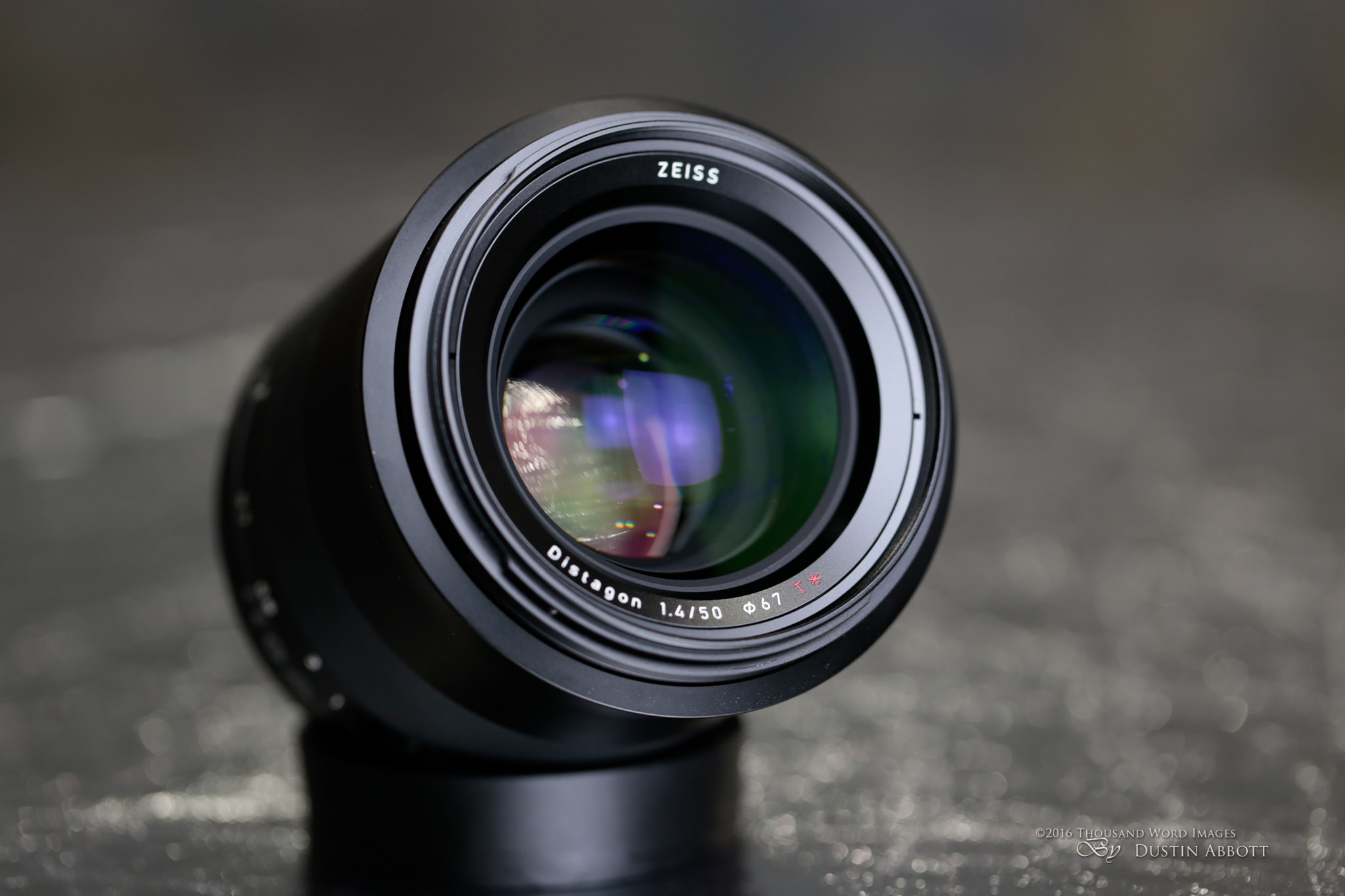
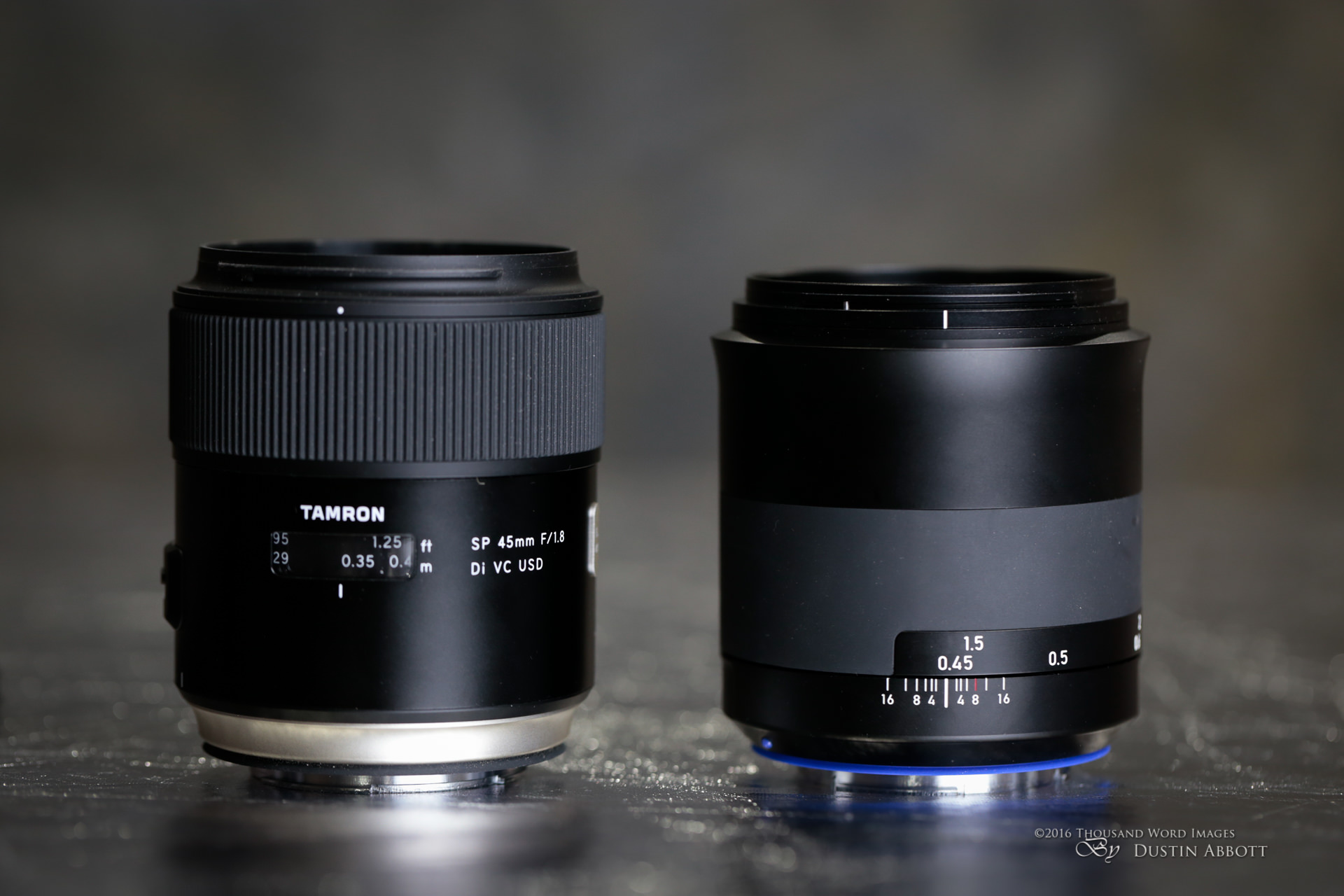

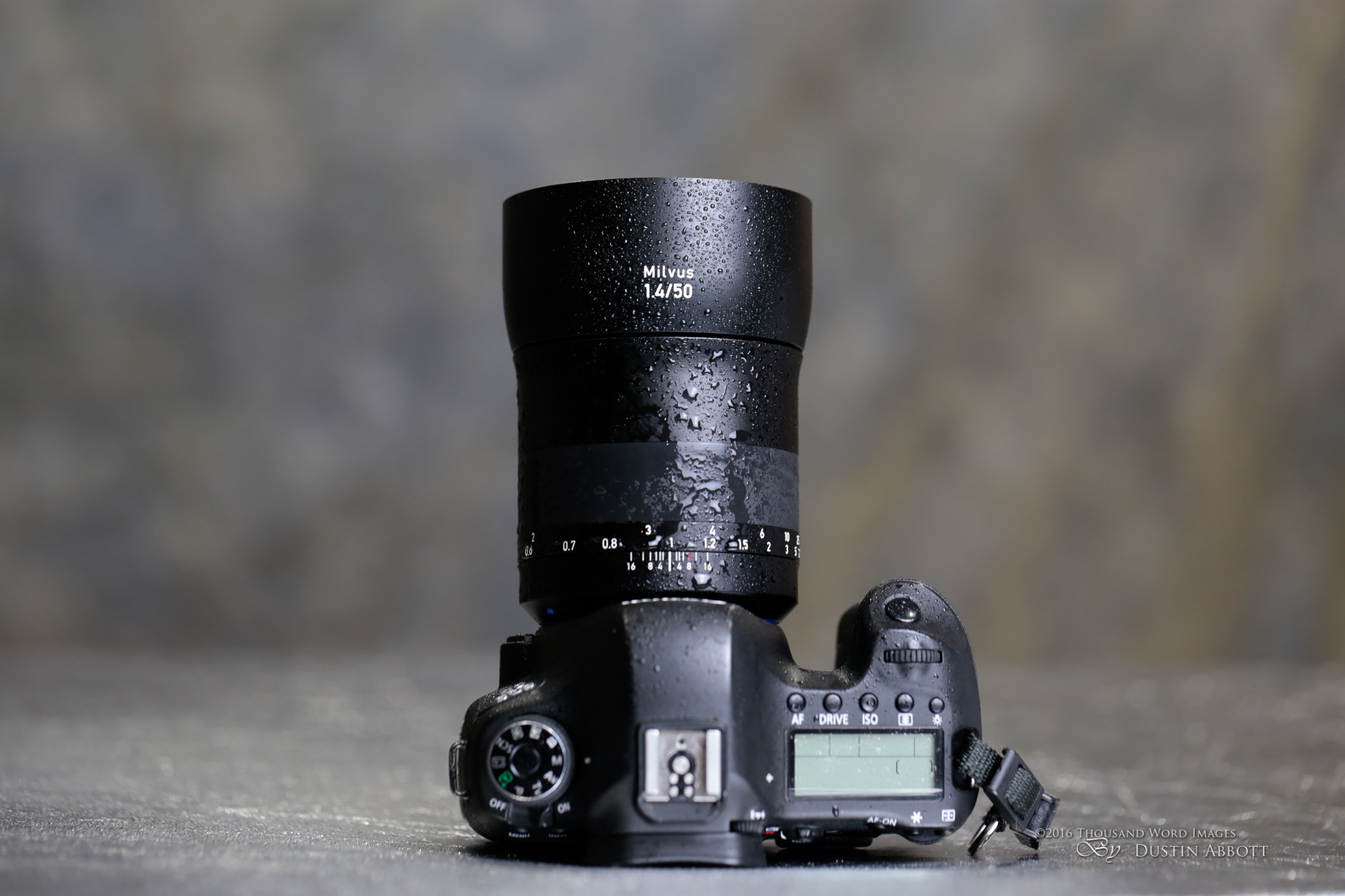
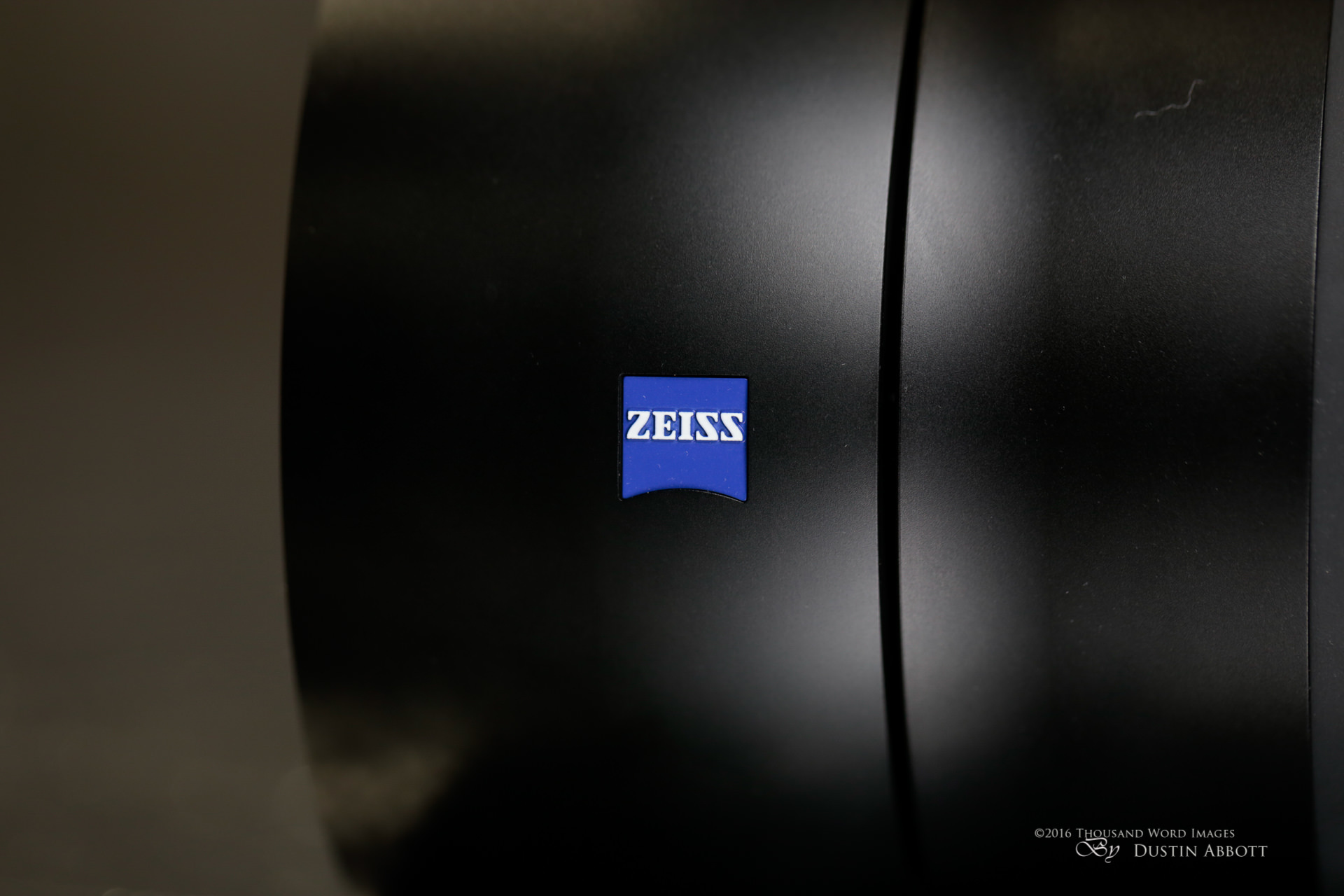
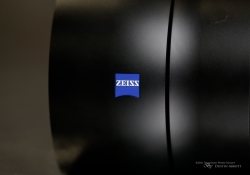
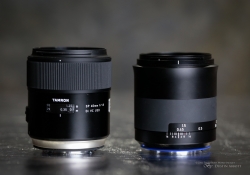


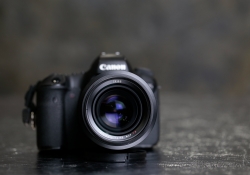
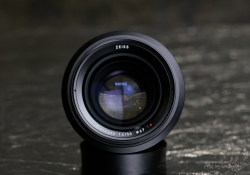
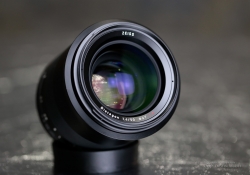
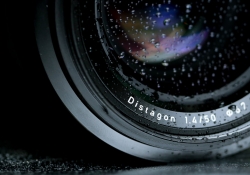


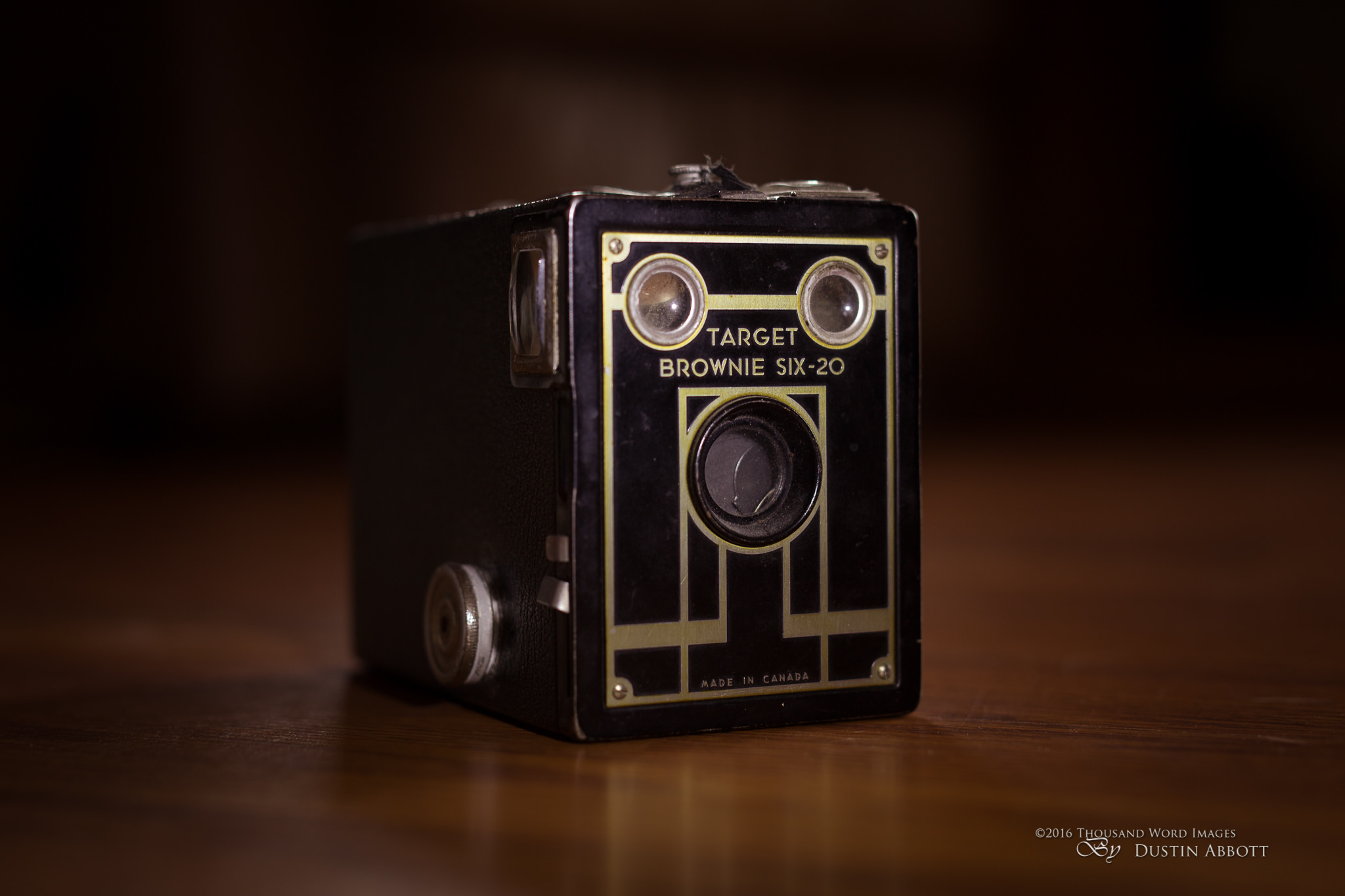




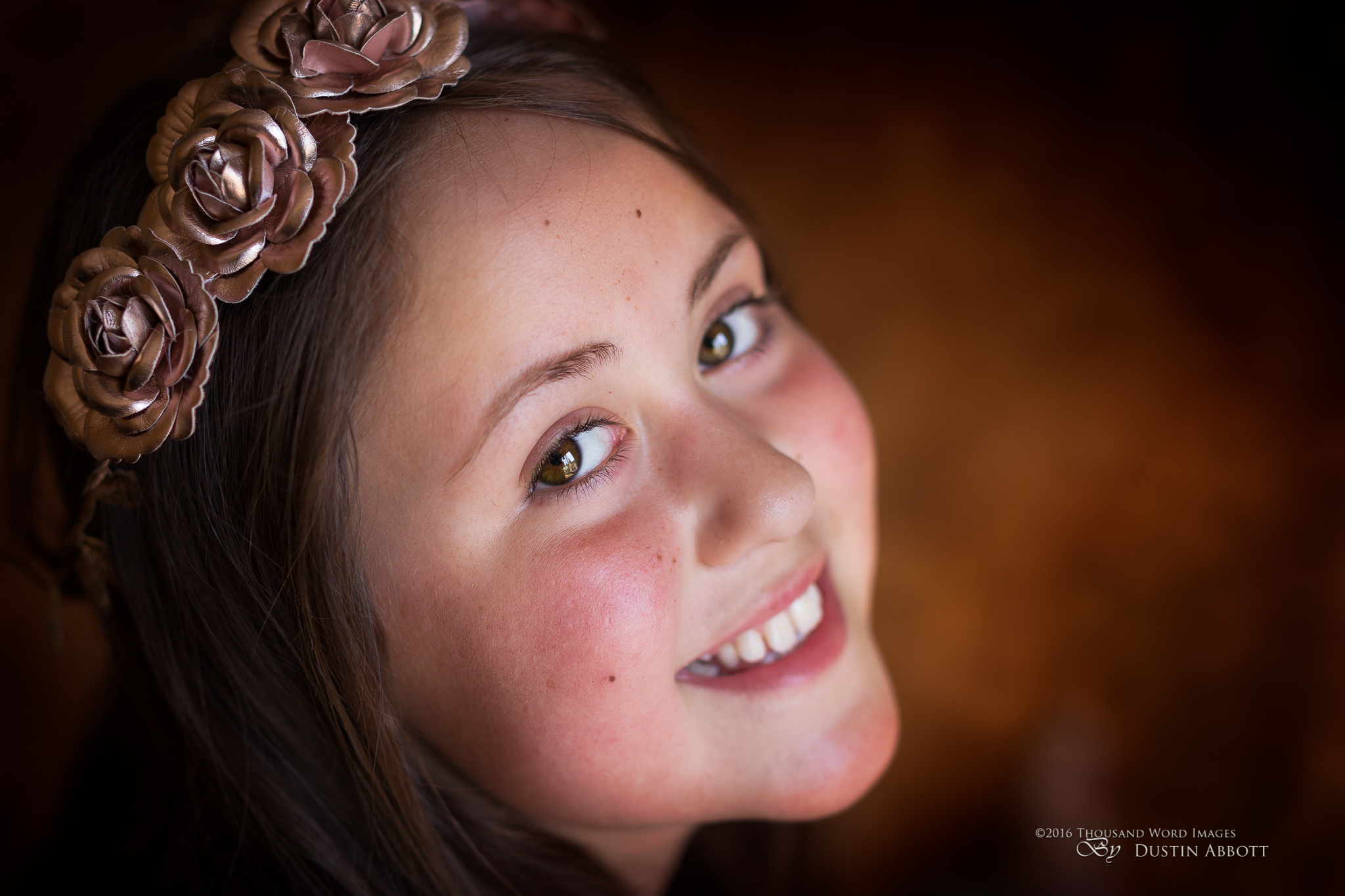







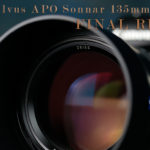
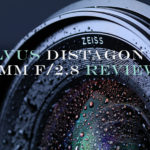


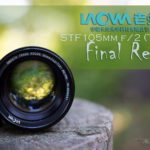
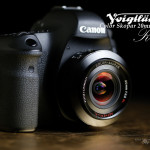
Nice review. I just wanted to point out that you spend a great deal of time extolling the feel, the look and beautiful finish of the lens – all perfectly reasonable. But, personally, I do think it worth reminding users that these are irrelevant to the purpose of actually using them. Pride of ownership does not translate into stunning images. Then you are left with a fixed focal length lens of great performance that weighs as much the excellent Canon 24-70 f2.8 II. As you point out: this really is not a lens for everyone. Zeiss seem to have forgotten how to make a small lens. I would be interested to find out how many early adopters of these lenses still have them 2 years after getting them. My guess is that most will have sold them on simply because they are not really very practical for day to day use.
I get your point, but the lens is no more impractical in size than the Sigma ART 50mm f/1.4 (smaller in dimensions) and isn’t physically larger than the Tamron 45mm VC. It isn’t just Zeiss: lenses are getting bigger. The new Sony G-Master lenses (for mirrorless!!) are the largest of their class. Most Zeiss users seem to be pretty devoted to their lenses, so I suspect less are dumping them than you might think. I would happily own this lens, and am considering it despite owning a number of other 50mm lenses.